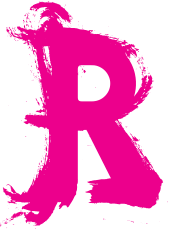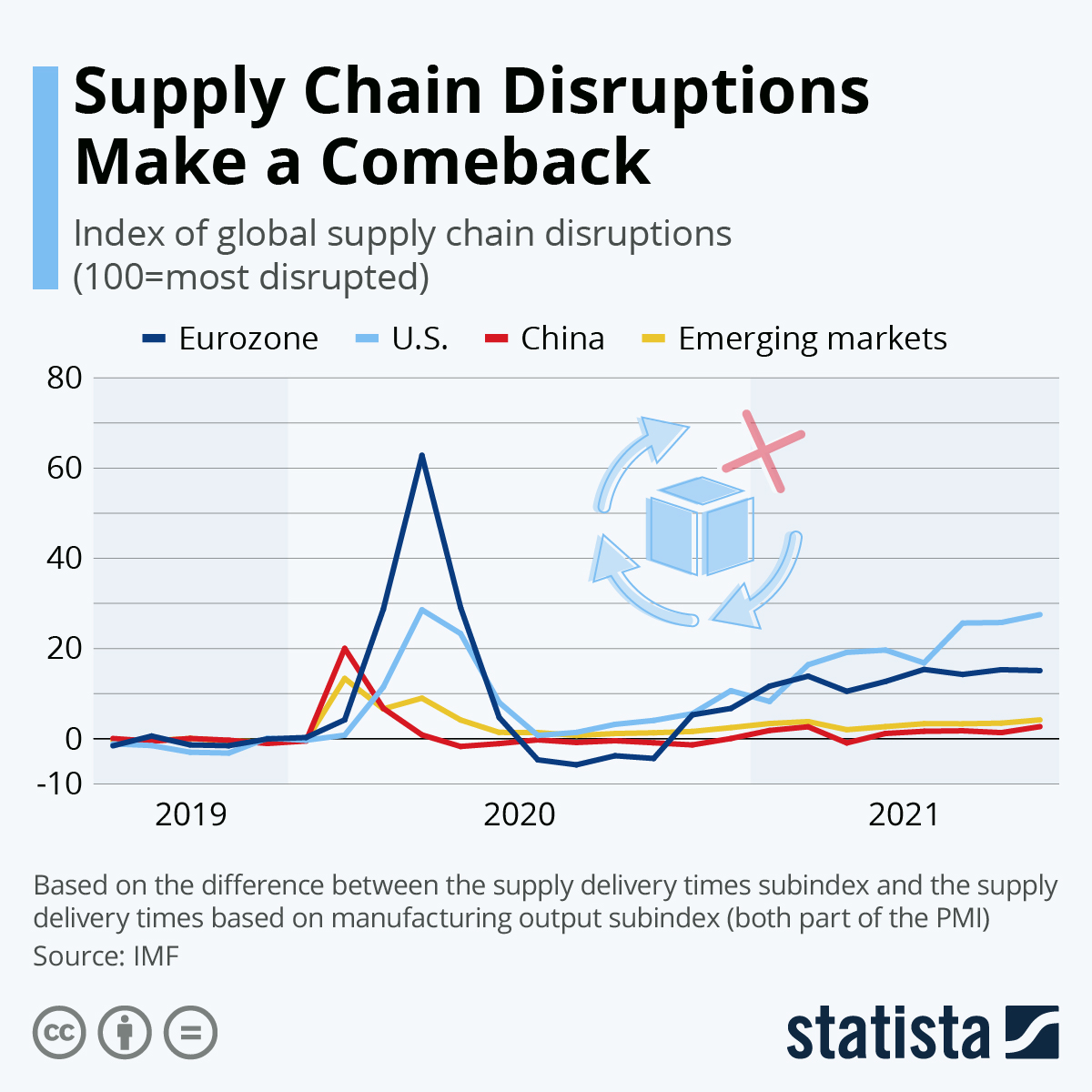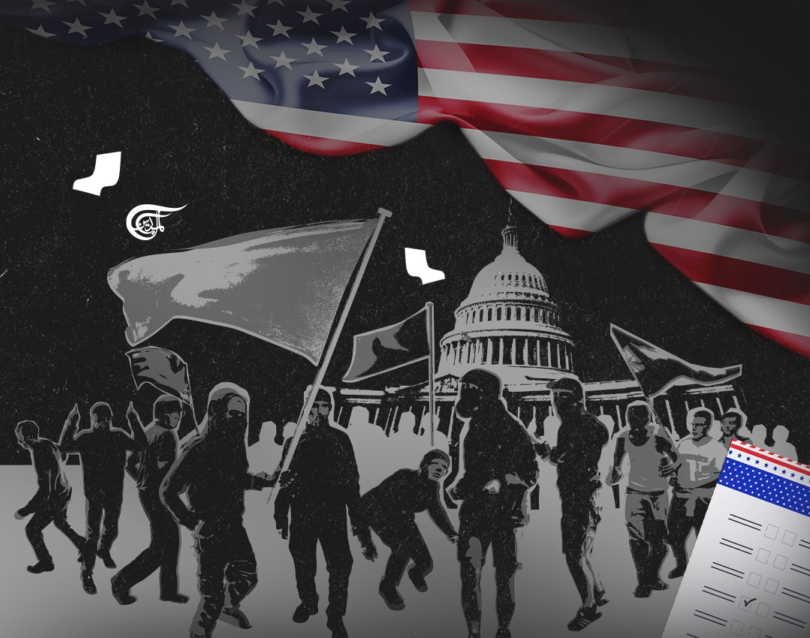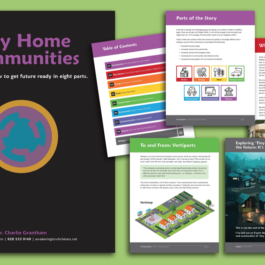What are the top 10 trends for the next ten years? Download the report here.
Disruption is inevitable. How ready are you or your organization?
How should organizations prepare for it?
Is there a proven process to identify potential opportunities and threats?
How can I clarify my understanding of how choices and actions may affect the future?
How might I mitigate disruptions or take advantage of new opportunities?
The answer to these questions is Strategic Foresight.
Following is a story about readiness that shines a light on what effective preparation requires.
Not so long ago…
As early as 1999, the World Health Organization promulgated guidelines for preparing for a pandemic. The WHO then updated the plans in 2005-06. Governments worldwide funded preparations for a future pandemic.
Even with this level of preparedness, the CDC estimated that in 2009 when the next pandemic surfaced, there were more than 284,000 deaths worldwide, nearly 13,000 in the United States, due to the (H1N1) virus.
The post-pandemic assessment of the federal response to the pandemic identified successes and areas needing improvement – but no strategy for implementation. Having lived through a pandemic, the world was ready for the next one, or so they thought.
So why weren’t we ready?
Unfortunately, the next pandemic was far worse than the H1N1 pandemic in 2009-10. Nearly 7 million people worldwide have died so far from the COVID-19 pandemic, more than a million in the U.S. Primary disruptions led to even more secondary disruptions that have fundamentally changed our world.
Reading the WHO 2005-2006 plans from the perspective of hindsight, it is clear that the planners preparing for the next pandemic following H1N1 didn't consider the secondary disruptions that would fundamentally change the world due to a pandemic at a much larger scale. While developing the plan, WHO and their partners ignored potential pandemic impacts on the economy, culture, supply chain, politics, mental health, education, infrastructure, diverse populations, and the future of work.
The Covid pandemic demonstrated that effective planning for a future crisis must include all three of the following:
Exploring a wide range of implications - across sectors and industries.
A clear view of a desired future – how might we use disruption to move closer to where we want to go or what we want to become instead of planning to maintain or get back to the old status quo?
Strategies to anticipated disruptions.
Look into the future to set priorities.
Strategic Foresight is a proven process used by governments, military organizations, power companies, and fuel providers worldwide for decades.
The process can identify potential opportunities and threats in the future. And through active engagement in the process, clients have a much clearer understanding of the impact of their decisions.
The process results in a strategy that will help mitigate disruptions or take advantage of new opportunities.
Clients are encouraged to engage an inclusive base of leaders, staff, stakeholders, customers, and suppliers in the foresight process to build support and momentum for the plan.
When something must be done…
The final component of a vision developed using strategic foresight is the emphasis on action. In a recent blog, Why we future this way my colleagues Yas Arikan and Rebecca Ryan wrote:
“Our clients can’t stay stuck at the “60,000-foot view. They have to do something. Hence, the “Doing” phase in our process is about translating bold long-range goals into actionable next steps.”
Hmmm. They have to do something. After several months of work and creating anticipation in your company or community, you absolutely have to do something!
In the pandemic example, the planning went only so far in identifying what worked and didn't work during the pandemic. At some point, strategies should have been developed and implemented to fix those systems or procedures that did not work.
Over to you
How might you use any parts of this process in your own work or organization?
Click here to meet with me, if you would appreciate some help with thinking this question through.
If you enjoyed this post, please subscribe to our newsletter.

David G. Brown
This guy. David G. Brown led the Greater Omaha Chamber for two decades, was the driving force behind ACCE’s Horizon effort, and hired our team for Greater Omaha 2040 - which has become a North Star impacting everything from Omaha’s riverfront development to a new downtown and streetcar plan. David has now flipped from being a client to a team member! As a Lead Consultant, he providing guidance, foresight, and insight to clients committed to more ambitious, equitable, and prosperous futures. Watch David's Q&A on how NGC helps organizations prepare for the future using Strategic Foresight. Book a meeting with David and be sure to ask him about bourbon, cigars, the Huskers…or Opera.
Yasemin Arikan Promoted to Director of Futures Research
NEXT Generation Consulting (NGC) announced the promotion of Yasemin Arikan to Director of Futures Research. Arikan will lead the company’s efforts to...
Is Your Housing Market Ready for Your Future?
One of the biggest problems facing many cities and towns is inadequate housing. This problem is most acute for seniors, veterans with disabilities, and low-income groups ...
Three Things Martha Stewart Gets Right About Return to Office (RTO)
The original influencer and the person who invented the "Home" retail category, Martha Stewart, became the latest CEO to tell employees to get back to the office five day...
